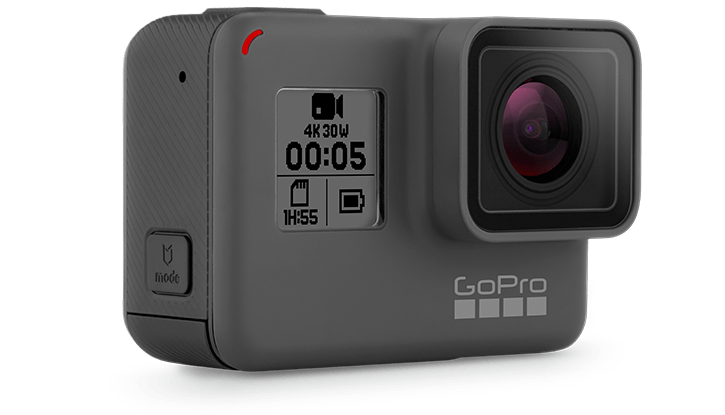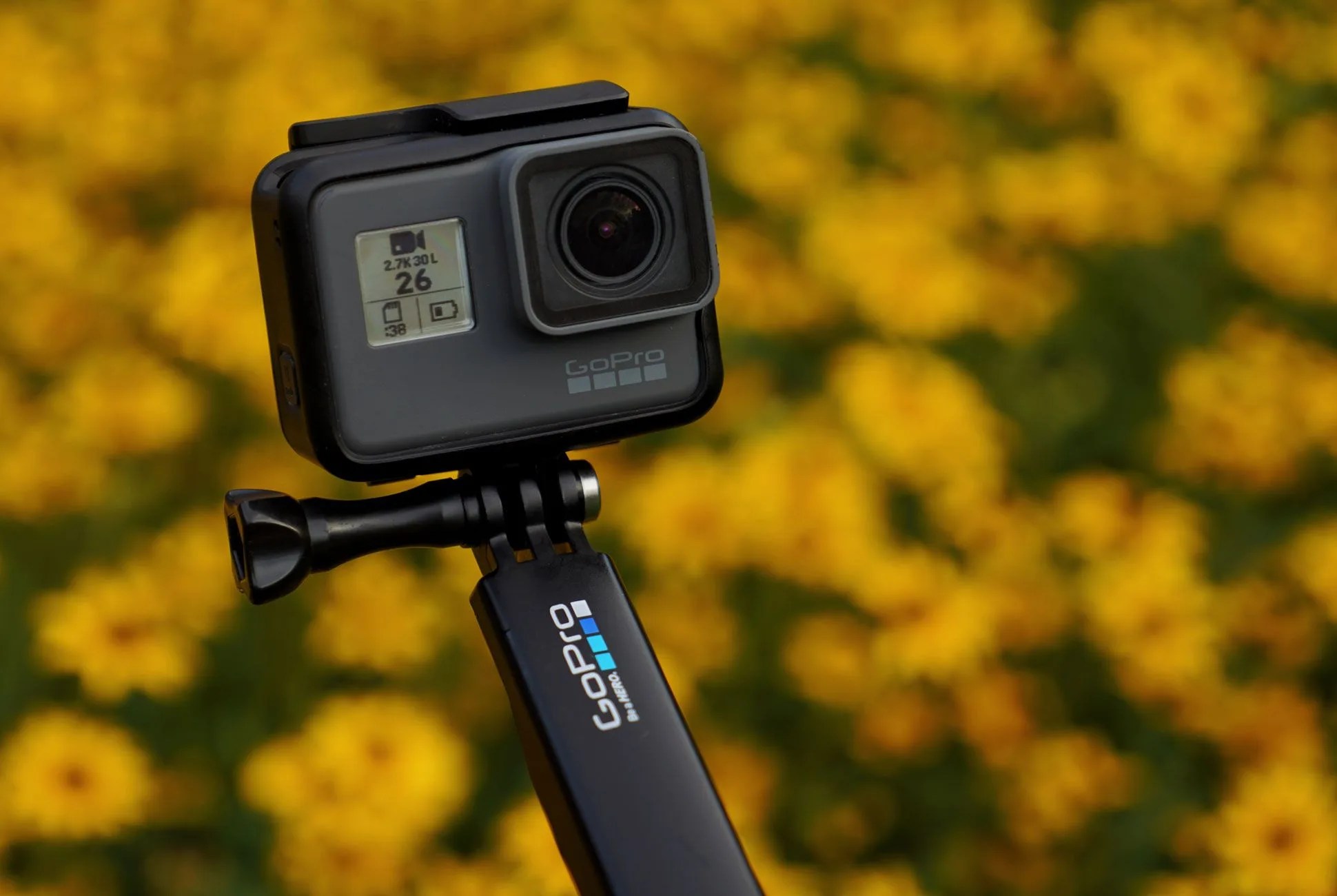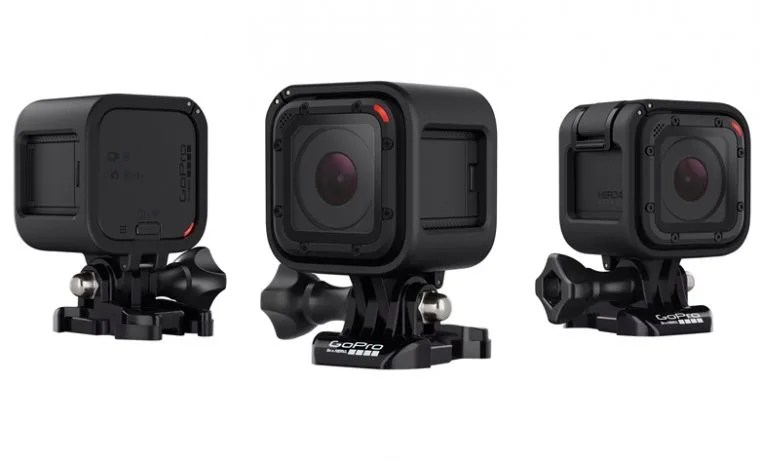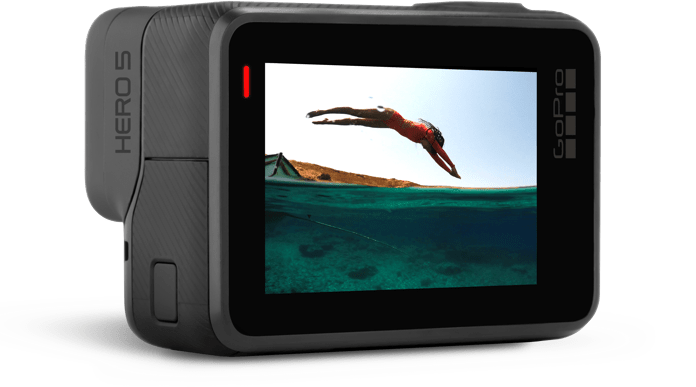GoPro’s flurry of new products, unveiled August 19 in Squaw Valley, California — the new Hero5 Black and Hero5 Session cameras, the Karma drone and multiple software enhancements — have certainly generated plenty of buzz among action-cam junkies. The improvements not only to GoPro’s specific core camera products — including out-of-box waterproofing, voice commands, image stabilization, and, in the Hero5, a built-in display — are profound, and they’re buoyed by updates to the ecosystem’s general usability. The new software makes it far easier to offload, edit and share the footage captured by the cameras, and the drone, when viewed as an enhancement to the camera lineup, is legitimately exciting.
Physical Hardware
The Hero5 Black — the flagship camera, knocked down a Benjamin to $399 — is now waterproof (it joins the $299 Session). You no longer need to tote around an image-degrading clear plastic case to submerge the camera or use it in wet environments. Both cameras have clear Gorilla Glass covers over their lenses, but the quality is far higher than on the previous waterproof casing, and with the Black you can take off the glass if you think it might be degrading your image. The cameras work beautifully underwater (though the Black’s touchscreen doesn’t work well when wet) and are rated to 33 feet.
In some cases, security trumps ease of use.
The casing on the Black is now gray and lightly rubberized, with a rectangular window for the camera lens. While this means that many aftermarket accessories won’t carry over to the new shape and dimensions (the included LCD increases its depth, as well), the basic frame bracket that comes with it will fit into GoPro’s legacy mounting hardware. Waterproofing the camera primarily means securing the buttons and access doors against water intrusion. The buttons on both are fully sealed and the access doors to the batteries, ports and microSD slots include hard-rubber interior panels that conform to the shape of the interior tray. In the Black, the doors are a bit of a trick to open, requiring mild pressure to engage the release button and slide them open, but that’s fine — in fact, it’s what you want. In some cases, security trumps ease of use.
Usability

Both cameras can be controlled via the case buttons or GoPro’s new Capture app. The buttons are intuitive and smart — both include instant-record/photo capability, so they start as soon as you turn on the camera — and the rear screen on the Black allows you to access most functions and tweak the settings. You can also scroll through images, watch videos and delete files. From the app, you can also access a deeper roster of settings, including activation or disabling of the new electronic image stabilization and accessing GoPro’s ProTune image-enhancement software, something that remains a confusing add-on, especially for newbies who would suddenly wonder whether they’re actually getting the best image quality from their camera. (The answer from GoPro is that the out-of-camera images are optimized with ProTune-caliber enhancements, but the app interface simply permits fine-tuning those tweaks.)
The primary new usability enhancements, however, are the GPS (Black only), voice control and enhanced app interfaces. The GPS lets you geotag your images and videos, and voice controls give you the ability to start and stop recording, take photos, mark key moments in videos being recorded, and even command burst photos — all based on the settings you have established in the camera (including resolution, exposure, aspect ratio, etc.). The commands are simple (“GoPro, take a photo!”), but they truly do enhance the user experience. Not only can you do things much faster in much more complex situations — biking, say, or driving — but you can do them regardless of what mode the camera is in. So when you fire up the camera and want to take a photo instead of using its default video setting, you just say so. It’s a great enhancement. (Beware, however, the risk of using multiple cameras, either your own or with friends. One person saying “GoPro stop recording” will halt all cameras within earshot.)


